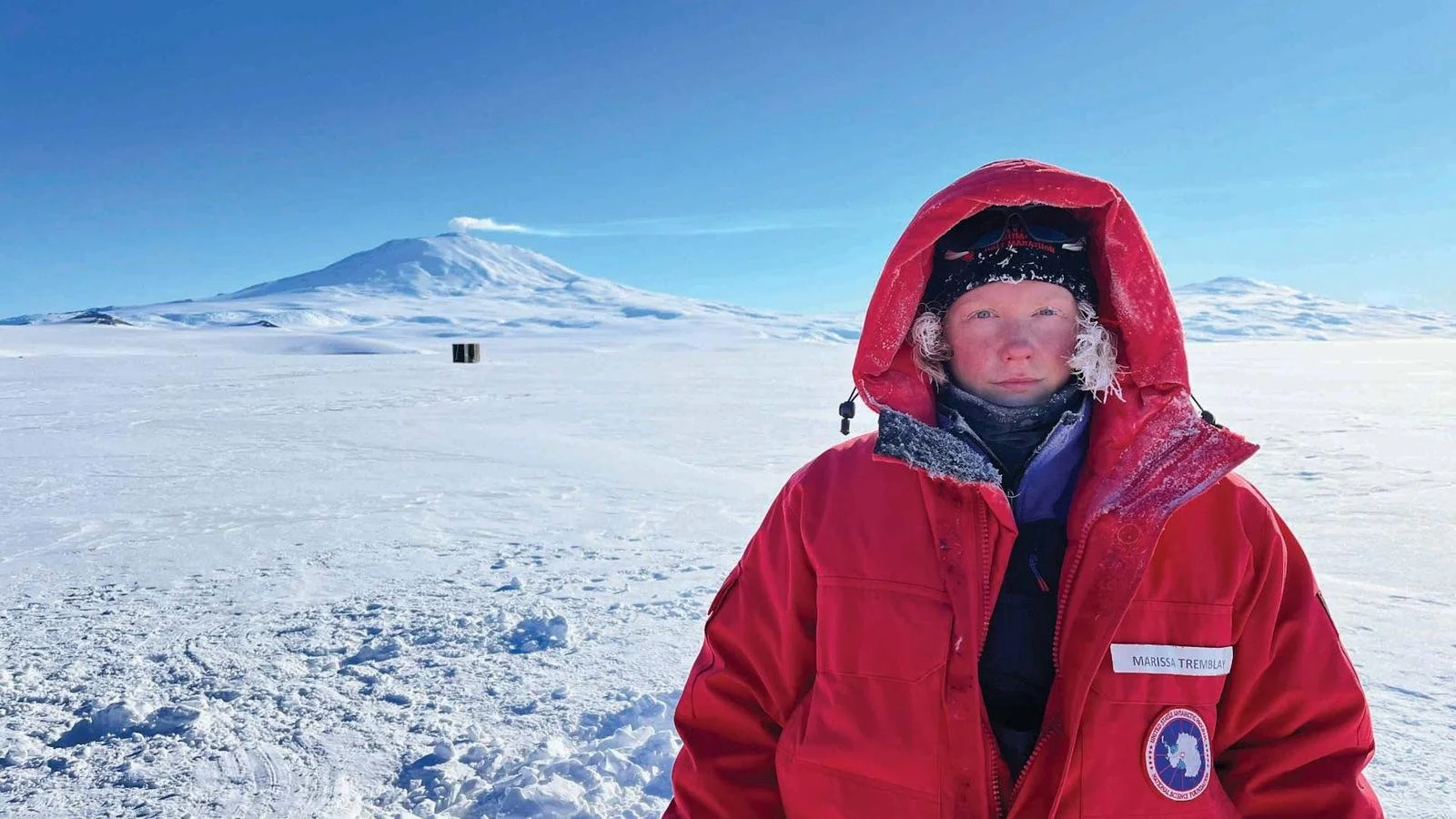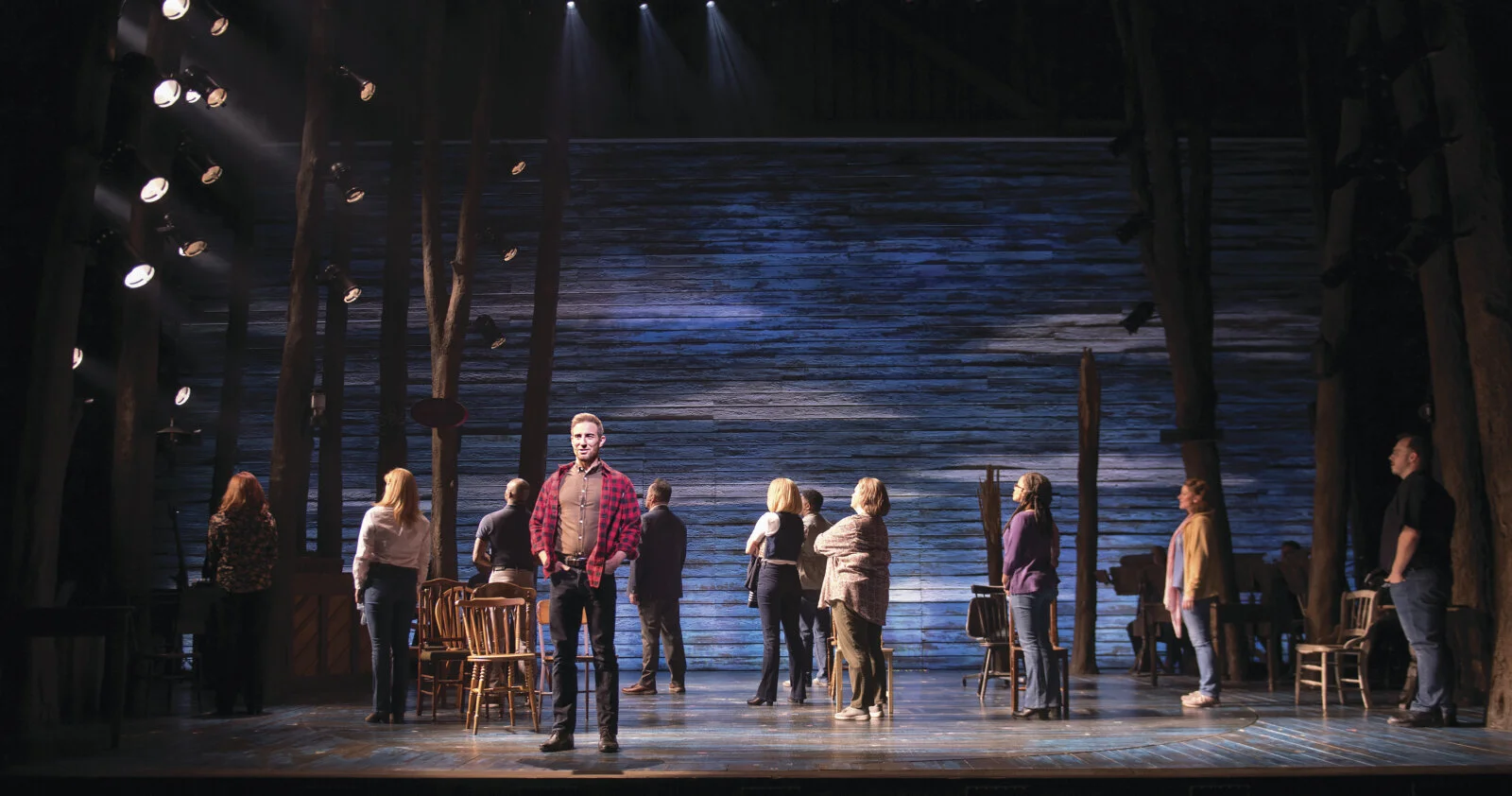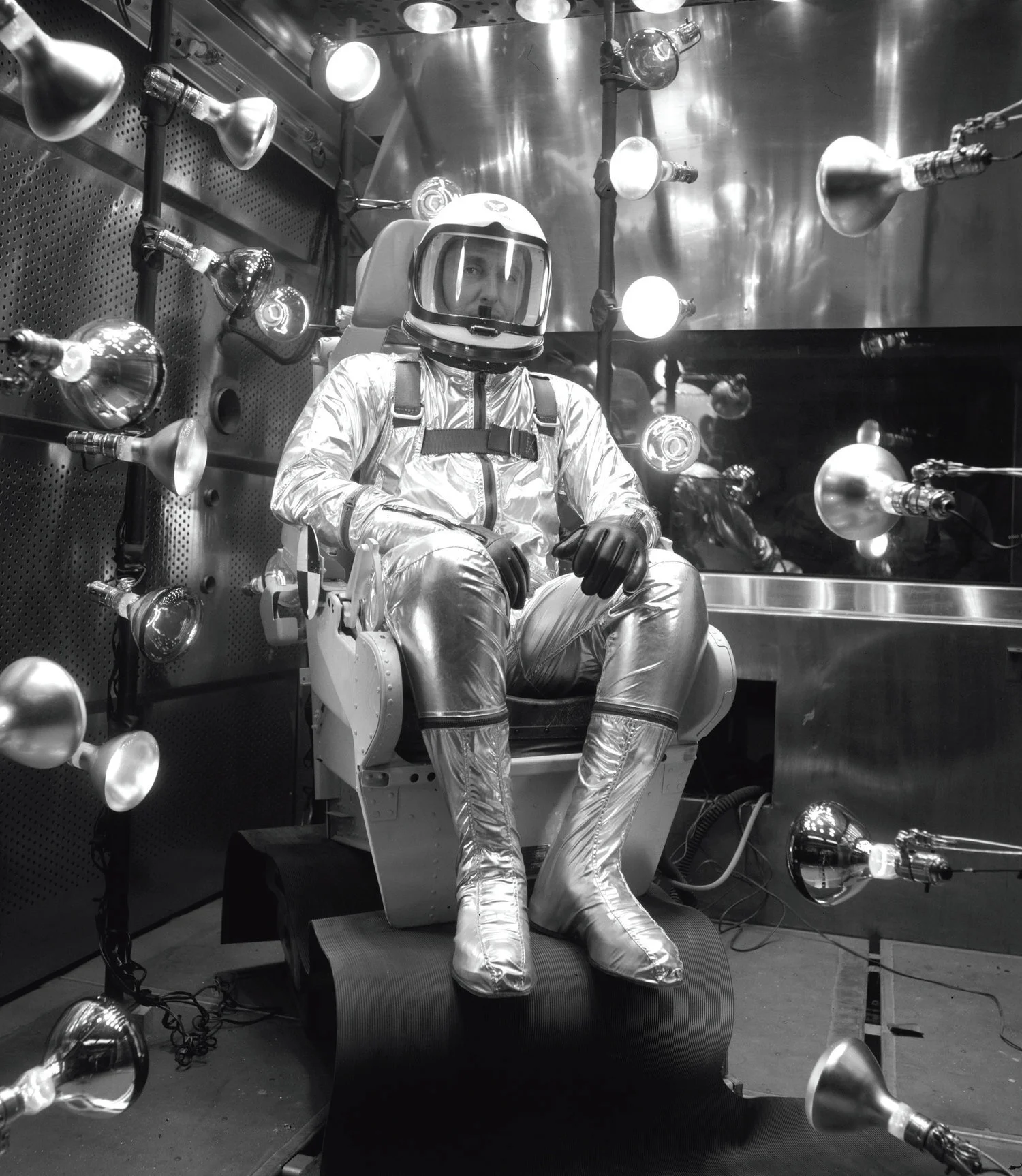An insider’s look at a university collection so valuable, the professor who built it once stole it back.
The earliest herbarium—a collection of plant samples preserved for scientific study—dates to 16th-century Italy, when the Bologna physician and botanist Luca Ghini (1490–1556) sought to make plant material available to his students in winter when the plants were dead or dormant.
The specimens were flattened between two pieces of paper to remove moisture. Once dried, they were mounted on paper sheets with notations on the plant’s name, where the plant was gathered, and any distinctive features. The pages were bound into volumes to enable transport from one location to another, thus making plant material from faraway places available indefinitely.











